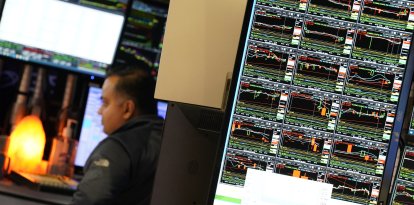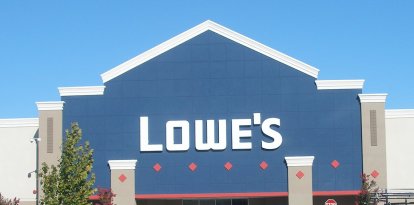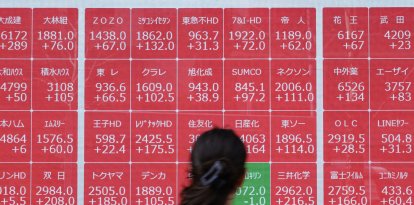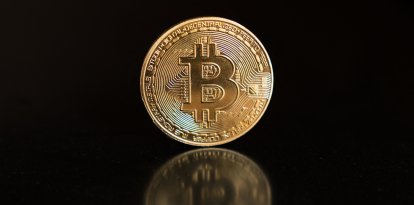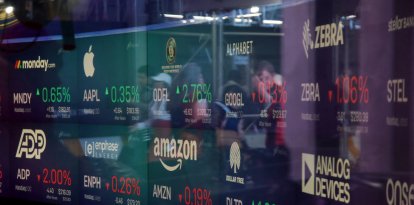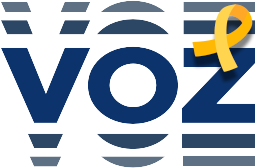JPMorgan is the first major Wall Street bank to forecast a recession in the U.S. by 2025
The bank's chief economist projected a 0.3% drop in GDP.

Headquarters of the JPMorgan building in New York
JP Morgan, the largest U.S. bank, on Friday became the first major Wall Street bank to forecast a recession in the country by this 2025 due to the tariffs imposed by President Donald Trump.
In a client note, JPMorgan's chief US economist, Michael Feroli, wrote that the US economy will enter recession in the second half of 2025 as tariffs begin to affect the country's trade performance.
According to his analysis, Feroli forecasts a two-quarter recession during the second half of 2025, with a 1% GDP contraction in the third quarter of the year and another 0.5% contraction in the fourth quarter.
In total, for all of 2025, Feroli projects a 0.3% drop in GDP.
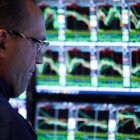
Economy
Continúa el desplome de las bolsas luego de que China anunciara nuevos aranceles a Estados Unidos
Williams Perdomo

Economy
Wall Street suffers its worst day since March 2020 in the wake of Trump's tariffs, with losses of $3.1 billion and investors panicked
Emmanuel Alejandro Rondón
Feroli warned that the tariffs announced last Wednesday, during the so-called "Liberation Day", could lead to price increases even greater than those seen after the COVID-19 pandemic.
"The pinch from higher prices that we expect in coming months may hit harder than in the post-pandemic inflation spike, as nominal income growth has been moderating recently, as opposed to accelerating in the earlier episode," Feroli wrote. "Moreover, in an environment of heightened uncertainty consumers may be reluctant to dip too far into savings to finance spending growth."
On Wednesday, at a press conference in the White House Rose Garden, Trump announced "reciprocal tariffs" on 180 countries and territories with a minimum tariff of 10%. Other trading partners labeled by the president himself as more "hostile" received harsher tariffs, among them were Vietnam (46%), Thailand (36%), China (34%), Indonesia (32%), Japan (24%), European Union (20%), and other nations.
In addition to the recession and rising prices, Feroli added in his analyst that a "recession in economic activity" will push the unemployment rate to 5.3%, more than one percentage point higher than the current March rate of 4.2%, according to data released by the Bureau of Labor Statistics.
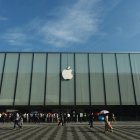
Economy
Reciprocal tariffs cause Apple to lose more than $300 billion in market value in a single day
Emmanuel Alejandro Rondón
This mix of factors led Feroli to project a "stagflationary" economic environment in the United States, meaning that prices will rise while growth slows.
According to Feroli, a stagflation would put the Fed in a very complex dilemma, which would have to choose between two options: raising interest rates to control inflation, probably generating higher unemployment and slowing the economy even more; or lowering rates to energize the economy, generating a more than likely increase in prices.
"If realized, our stagflationary forecast would present a dilemma to Fed policymakers," Feroli wrote. "We believe material weakness in the labor market holds sway in the end, particularly if it results in weaker wage growth thereby giving the Committee more confidence that a price wage spiral isn’t taking hold."
RECOMMENDATION
